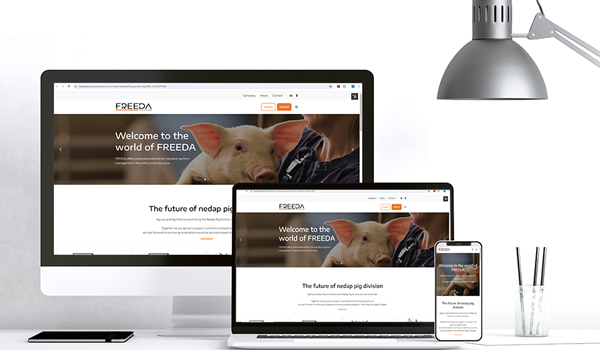Production
Fine tune your strategy with precision technology
Optimal pig production results
Challenge: Maintaining sow body condition during gestation
Optimal sow body condition during gestation affects productivity in many phases of pig production. In group gestation pens, you want to keep condition optimal so you know your feed, which is a major cost of production, is being used efficiently.
Once the sow moves to farrowing, poor condition during gestation could result in:
- Less-than-optimal litter size and pig body weight
- Reduced sow productivity in subsequential parities
Depending on the technology you have available, measuring and recording daily feed intake can be challenging in group sow housing facilities.
Without accurate data, how do you know each sow is getting what she needs to support her next litter and her own maintenance requirements to give you the best ROI?
Could automated farming technology make the difference between “good” and “great” results on your farm?
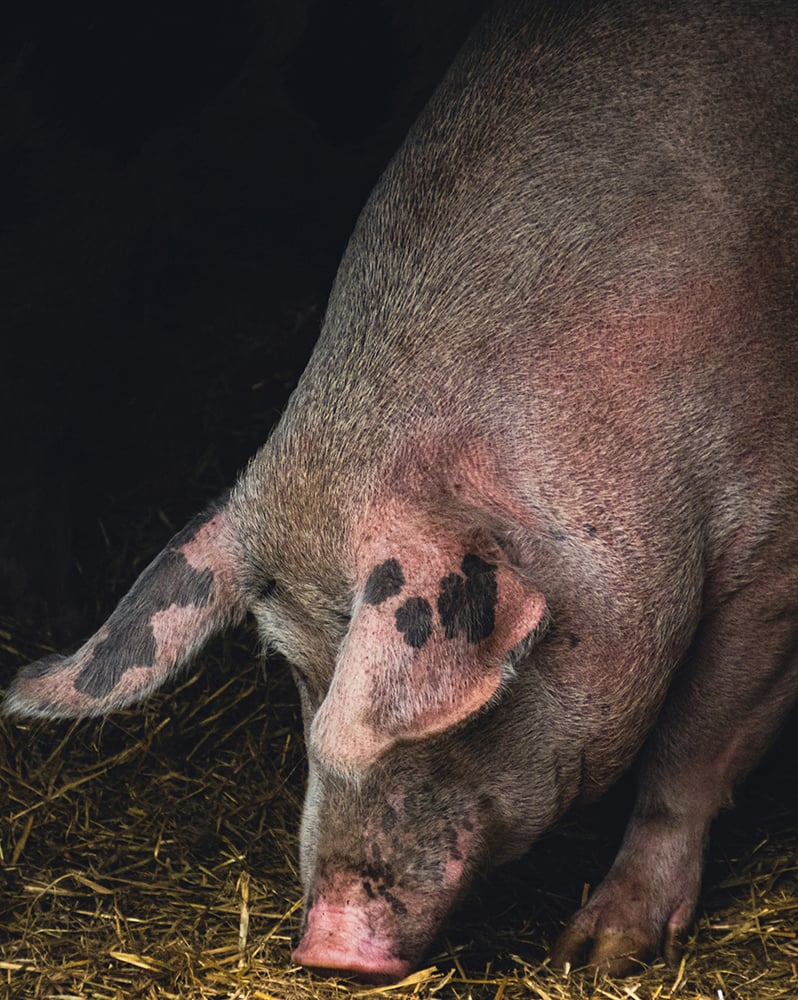
Loss of body condition drains potential profits
Challenge: Maintaining optimal sow body condition during lactation
Research has shown both over- and under- conditioned sows experience excess loss of body condition during lactation, which can drain profits in multiple ways, including:
- Additional feed needed to restore condition during the next gestation. Every kilogram (2.2 pounds) of body weight that needs to be restored in the next gestation requires from 7 to 8 kilograms (as much as 17 pounds) of feed.
- Reduced milk production, which can lead to lower pig body weights, less litter uniformity and reduced overall pig health.
Are you using the right tools to keep lactating sows in excellent body condition before they return to gestation pens?
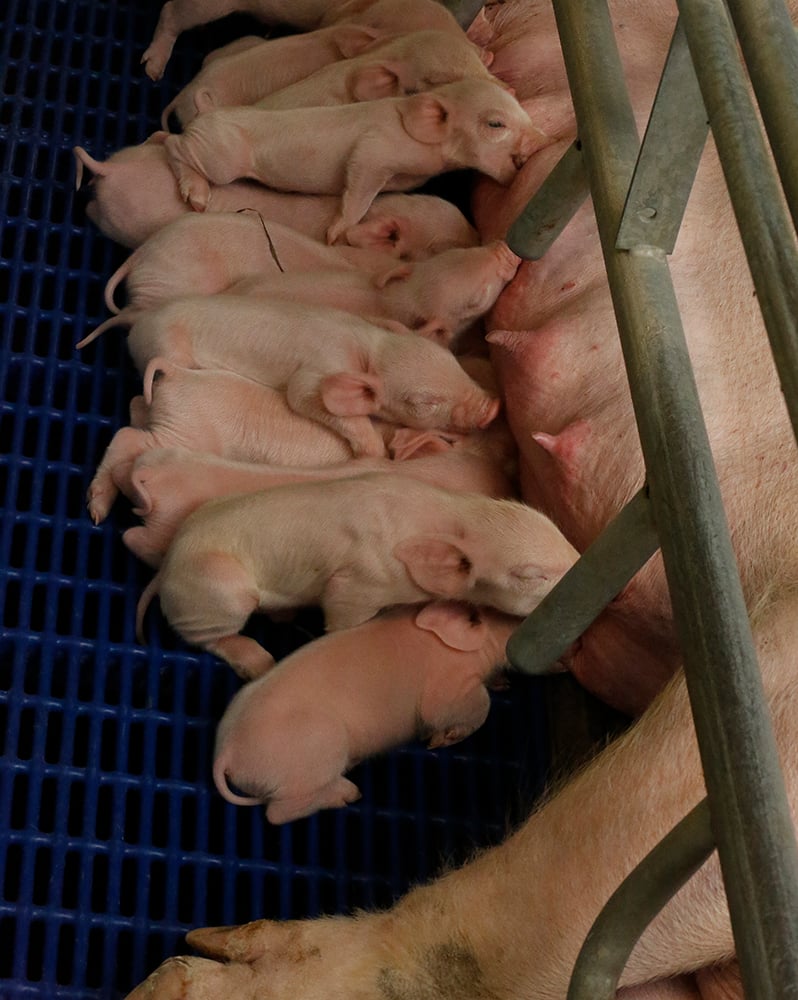
Visual condition scores can be subjective
Challenge: Accurate sow body condition scoring
You know maintaining excellent sow body condition is one of the most important strategies to maximize a sow’s lifetime productivity. Assigning scores through visual evaluation of sow body condition is popular, but it is also subjective. Scores can vary based on the human factor and the arbitrary ideal sow body condition determined by each farm.
Even trained sow barn managers could not identify a difference of 35 kilograms (77 pounds) between sow body weights, according to a Kansas State University study. That range of 35 kilograms of body weight above or below what you think you’re seeing can result in over- or under-feeding sows by a total of 44 kilograms (97 pounds) during gestation. Over- and under-feeding can result in feed waste and reduced sow performance.
What are those 35 kilograms or 77 pounds costing you?
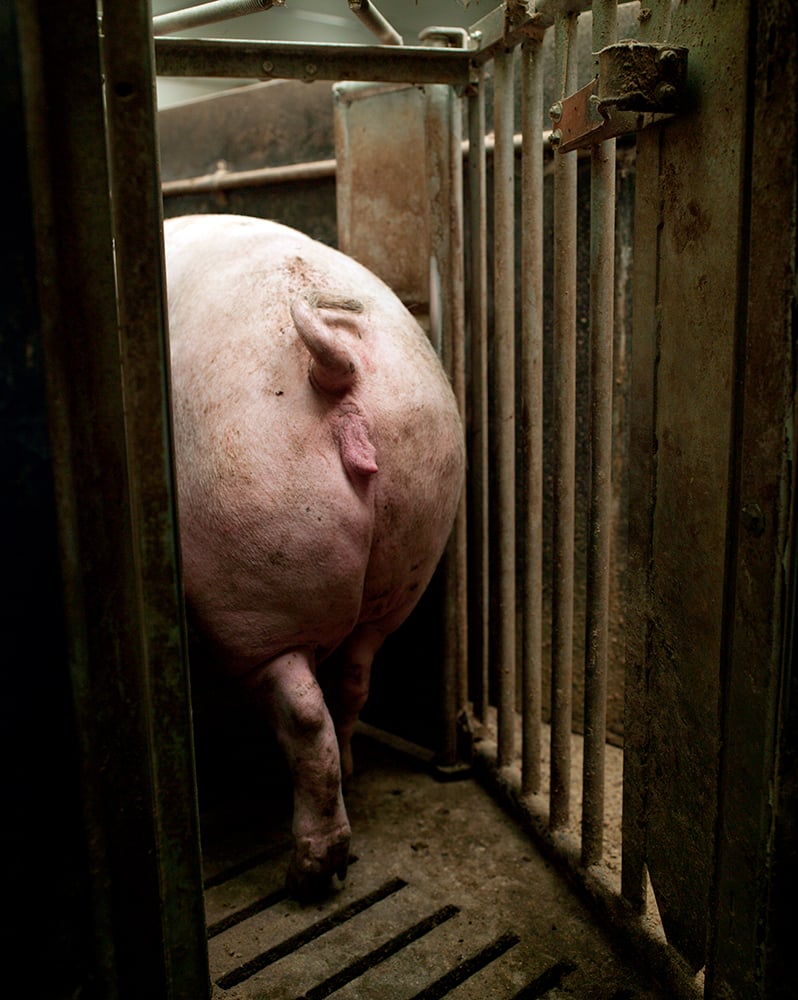
Weight variation costs you money
Challenge: Uniform finishing groups
When you fill your finishing barns, you strive to have uniform groups from start to finish. Sometimes in pig production, your best intentions don’t work in your favor. Pig growth rates differ, and the gaps can get bigger as pigs grow. These weight discrepancies can cost your operation in added labor costs, decreased feed efficiency and price docks.
In some research, faster-growing pigs can reach market weight 6 days before their pen-mates. That’s 6 days of wasted feed, time and resources. But weighing pigs and feeding based on individual body weights seems unreasonable.
Or does it?

News from FREEDA
Check out the latest news from the world of FREEDA
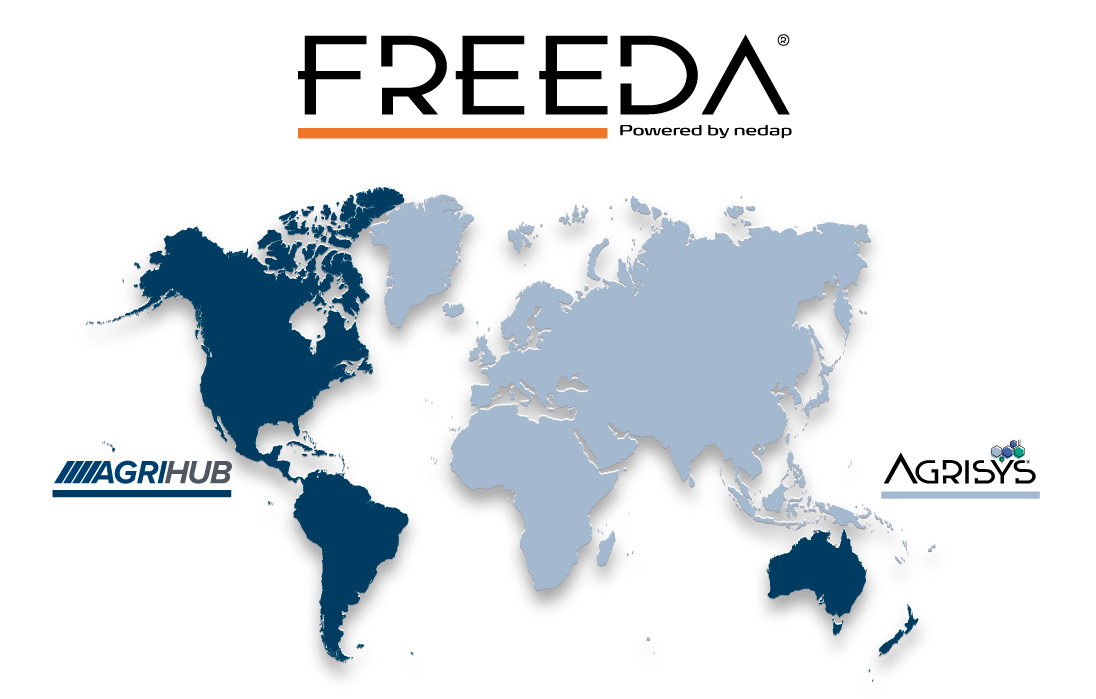
FREEDA worldwide
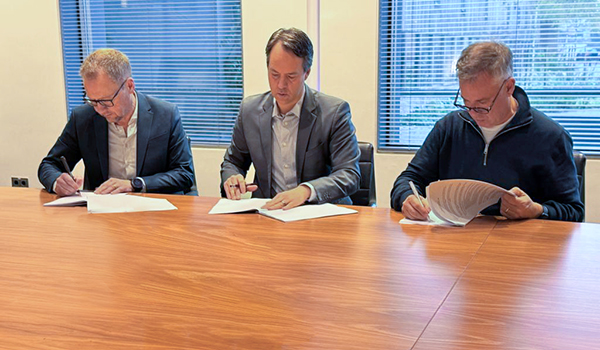
Welcome to the world, FREEDA
